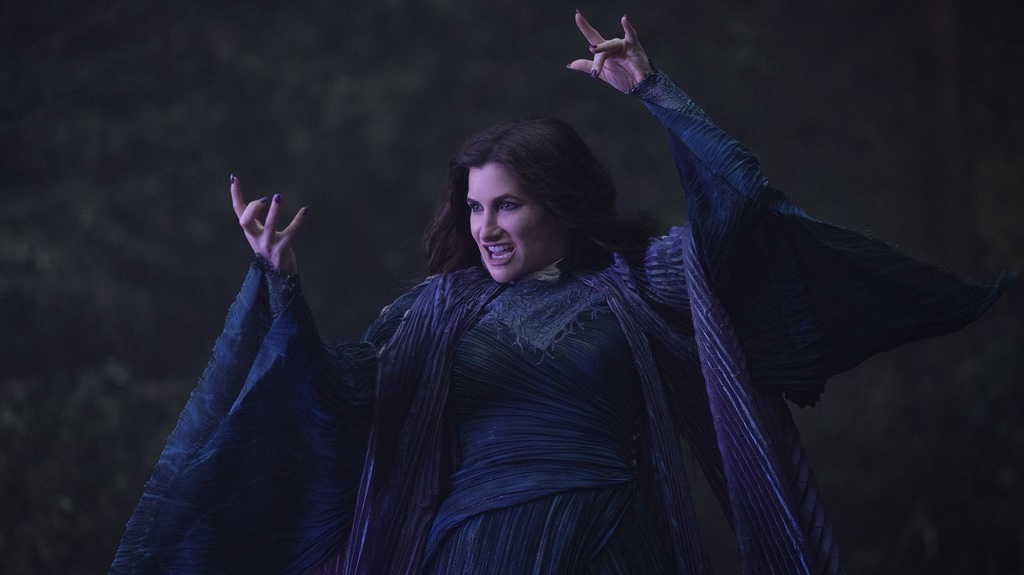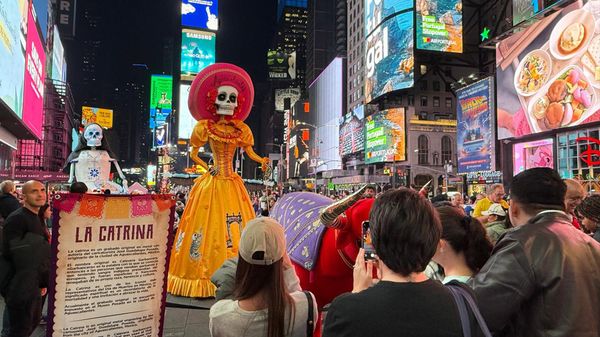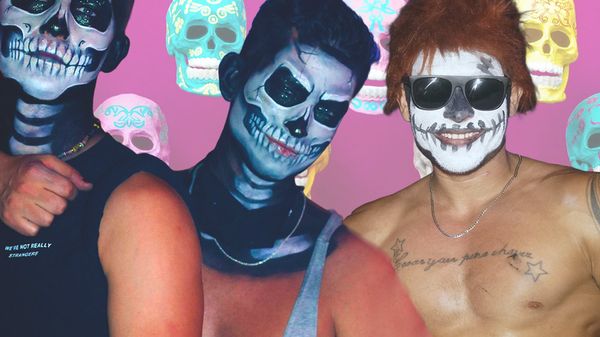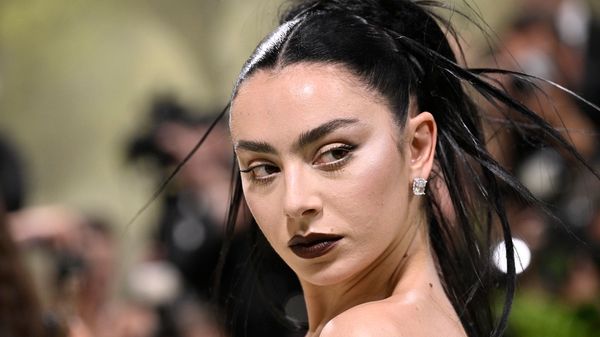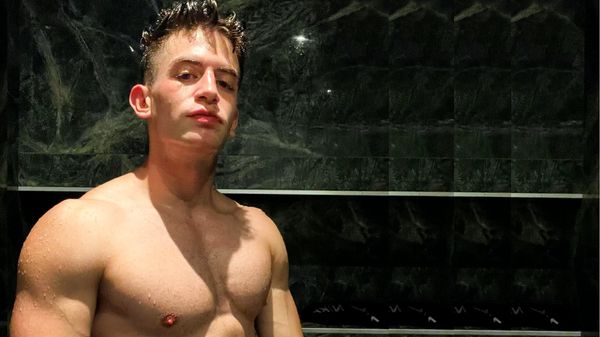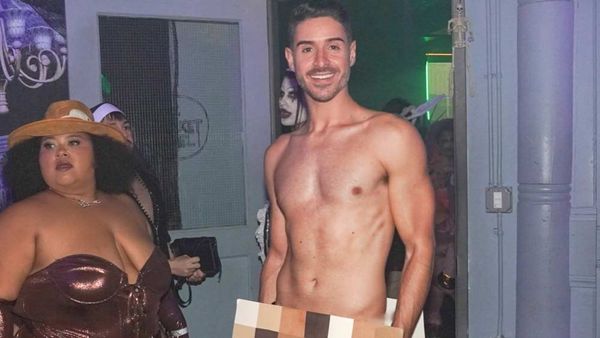
July 30, 2017
Resistors: Power to the People!
Sura Wood READ TIME: 4 MIN.
The Bay Area has a storied history of grass roots agitation and progressive politics, as well a legacy of social movement photography whose leading light, Dorothea Lange, had her epiphany in San Francisco during the Great Depression. So it's inevitable that "Resistors: 50 Years of Social Movement Photography," a well-thought-out, handsomely installed exhibition on the subject at the Berkeley Art Center, would come to be. A valuable primer on our ongoing and not-so-distant activist past, this edifying show was curated by documentary photographer Ken Light, a professor at UC Berkeley's Graduate School of Journalism, and Melanie Light, who notes that photographers have been instrumental in "bringing the voice of the people to the insulated offices of government, and waking up sleepy communities to their outmoded ways of thinking." The commitment of social change agents, she adds, "is nothing without the visual record."
A portion of that essential record is supplied here by more than 30 front-line photojournalists who have collectively documented a half-century of causes that prompted local citizens to take to the streets. Many of the pictures - the Lights oversaw production of the high-quality, mostly black & white prints - are all the more remarkable when one considers the chaos and potential danger that must have swirled around the men and women wielding the camera; with few exceptions, they put the viewer in the middle of the action. Though there are sure to be visitors who will feel a meaningful issue didn't get the attention it deserved, the show covers a lot of ground, and wisely, doesn't try to be definitive and all-encompassing. Every photo has a caption identifying the event portrayed, augmented, in some cases, with helpful background.
Starting off in 1967 with the Free Speech Movement, the same year when over 100,000 people marched against the Vietnam War in San Francisco, the show touches on demonstrations on the UCB campus, AIDS and LGBTQ rights, and Black Lives Matter, among other political actions, including the run-up to the war in Iraq. Mima Cataldo, an artist, social-justice photographer and feminist activist, snagged a piercing theatrical tableau at a 2003 demonstration, where "Women in Black" protestors, one with her breast exposed, veiled their faces in mourning and cradled dolls in bloodied swaddling representing the innocent casualties of war.
For a decade beginning in the mid-1960s, Nacio Jan Brown, whose images were widely circulated in the underground press at the time, photographed nearly every major anti-war and social protest in the Bay Area. He took a chilling picture of a helicopter emitting clouds of tear gas near UCB's Campanile. The bombing, which impacted not only demonstrators but faculty, passers-by, neighborhood residents and their children, was authorized by the university to quell an episode at People's Park in 1969, when students took over and reclaimed university land for a park. During the ensuing riot, several were killed after police fired into the crowd. Award-winning photo-essayist Stephen Shames shot a jarring image of helmeted county sheriffs taking a break on a playground after the melee, one of them laughing and gesturing expansively as he leans back against a kiddie slide. In another picture by Shames, a student wearing a gas mask throws a canister over his shoulder at the police as he runs toward the camera, staying steps ahead of the smoky haze at a 1970 campus protest against the U.S. incursion into Cambodia.
John Storey captured a dark day of fury in his 1979 photograph of the White Night Riots, which erupted after former city supervisor Dan White was convicted for manslaughter instead of murder, and given only a seven-year sentence for his assassination of Harvey Milk and George Moscone. The image is among a number of pivotal moments of rage, sorrow and elation in the city's LGBTQ's community: Milk with a fist raised in giddier days, riding on top of a car on Market Street at the 1978 Gay Freedom Day parade (Terry Schmitt); Women on the Verge in black gloves and muscle shirts, cooling their heels on motorcycles, right before the start of the Gay & Lesbian Freedom parade in 1988 (Saul Bromberger/Sandra Hoover); and Sarah Rice's photograph of a pair of brides in backless wedding dresses and fright wigs in the Castro at the Day of Decision rally in 2015, which celebrated the Supreme Court's same-sex marriage ruling.
Chronicling Black Lives Matter protests in 2014 are powerful images such as Kelly Owen's color depiction of an African American man in a red hoodie, face down on a crowded Berkeley street. He lifts his eyes to a camera discreetly positioned at ground level. On the scene at protests triggered by the failure to indict the police officer responsible for killing Michael Brown in Ferguson, Noah Berger caught both a panicked undercover officer aiming his gun at protestors after some of them attacked him and his partner, and another demonstrator posing in an eerily lit Guy Fawkes mask.
And finally, there's Rosa Furneaux's living-color picture portrait of triumph: teenagers Lael Jones and Naia Rodarte-Young in a transcendent moment, standing tall above a raucous Oakland crowd holding up a sign that reads: "Fight Like a Girl" at the Women's March, attended by over 80,000 the day after Trump's inauguration in January. Resistors all.
Through Aug. 21. berkeleyartcenter.org
